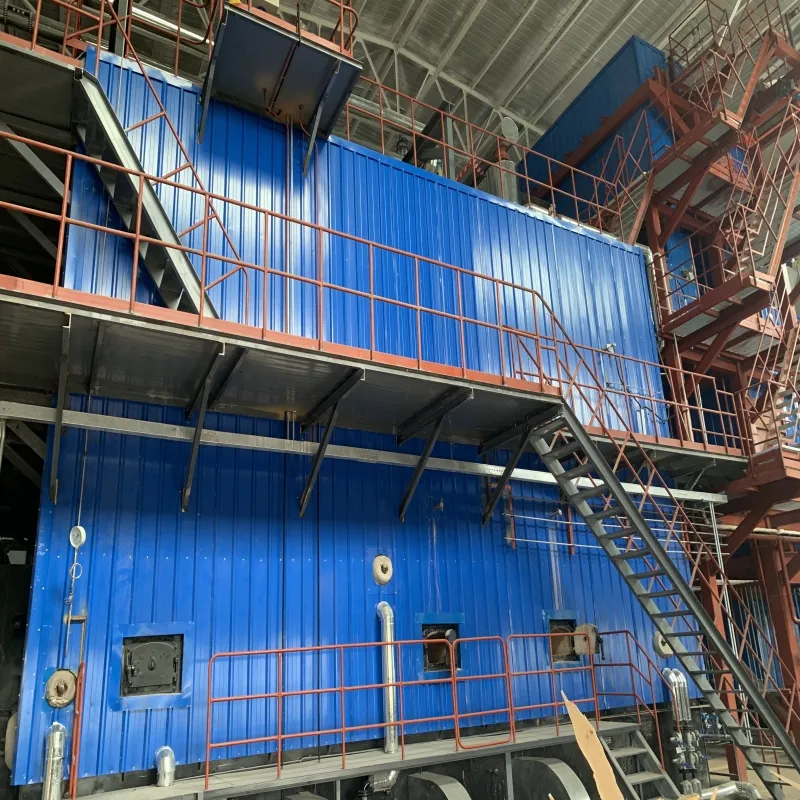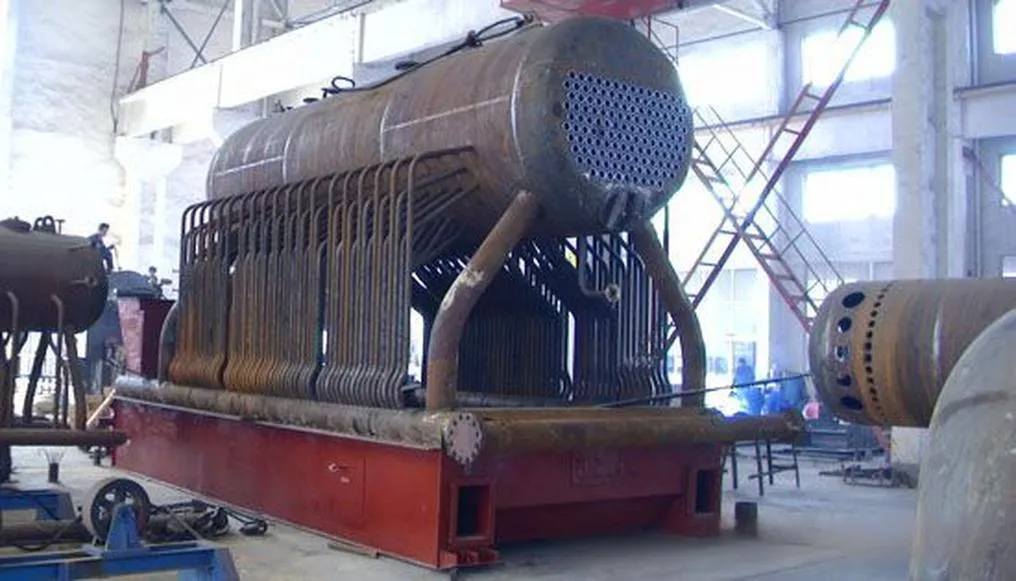
Jan . 20, 2025 05:49 Back to list
low pressure steam price
Navigating the intricacies of low pressure steam pricing requires a comprehensive understanding of the factors influencing the market. As someone who has delved deeply into this sector, I offer insights derived from years of firsthand experience and expert analysis to help stakeholders streamline their purchasing and utilization strategies.
4. Market Demand and Seasonality Like many commodities, steam prices are affected by market demand and seasonal changes. Industries such as food processing or textile production may experience varying steam requirements throughout the year, influencing overall demand and, consequently, pricing. Additionally, extreme weather conditions can alter demand patterns, impacting pricing temporarily. 5. Contracts and Purchasing Strategies Establishing strategic purchasing agreements is vital for securing favorable steam prices. Long-term contracts can offer price stability and predictability, shielding businesses from volatile market conditions. It's wise to regularly review and renegotiate terms to align with current market conditions, ensuring optimal pricing. 6. Consultation and Expert Guidance Engaging with industry experts can provide businesses with the competitive edge necessary to navigate low pressure steam pricing challenges. Advisors with extensive industry knowledge can offer tailored solutions, revealing areas for cost optimization and efficiency improvements that may not be immediately apparent. For businesses relying on low pressure steam, understanding these dynamics is imperative. It allows them to make informed decisions, secure better pricing, and enhance operational efficiency. Continuous monitoring of market conditions, technological trends, and regulatory environments will enable businesses to adapt and thrive, improving their bottom line in a competitive marketplace. Stakeholders can achieve a sustained advantage by incorporating expert insights and adopting innovative steam management practices.


4. Market Demand and Seasonality Like many commodities, steam prices are affected by market demand and seasonal changes. Industries such as food processing or textile production may experience varying steam requirements throughout the year, influencing overall demand and, consequently, pricing. Additionally, extreme weather conditions can alter demand patterns, impacting pricing temporarily. 5. Contracts and Purchasing Strategies Establishing strategic purchasing agreements is vital for securing favorable steam prices. Long-term contracts can offer price stability and predictability, shielding businesses from volatile market conditions. It's wise to regularly review and renegotiate terms to align with current market conditions, ensuring optimal pricing. 6. Consultation and Expert Guidance Engaging with industry experts can provide businesses with the competitive edge necessary to navigate low pressure steam pricing challenges. Advisors with extensive industry knowledge can offer tailored solutions, revealing areas for cost optimization and efficiency improvements that may not be immediately apparent. For businesses relying on low pressure steam, understanding these dynamics is imperative. It allows them to make informed decisions, secure better pricing, and enhance operational efficiency. Continuous monitoring of market conditions, technological trends, and regulatory environments will enable businesses to adapt and thrive, improving their bottom line in a competitive marketplace. Stakeholders can achieve a sustained advantage by incorporating expert insights and adopting innovative steam management practices.
Share
Prev:
Latest News
-
High-Efficiency Commercial Oil Fired Steam Boiler for Industry
NewsJul.30,2025
-
High-Efficiency Biomass Fired Thermal Oil Boiler Solutions
NewsJul.30,2025
-
High Efficiency Gas Fired Thermal Oil Boiler for Industrial Heating
NewsJul.29,2025
-
High-Efficiency Gas Fired Hot Water Boiler for Sale – Reliable & Affordable
NewsJul.29,2025
-
High Efficiency Biomass Fired Hot Water Boiler for Industrial and Commercial Use
NewsJul.29,2025
-
High-Efficiency Biomass Fired Hot Water Boiler for Industrial Use
NewsJul.28,2025
Related PRODUCTS
Copyright © 2025 HEBEI HONGZE BOILER MANUFACTURING CO., LTD. All Rights Reserved. Sitemap | Privacy Policy






















